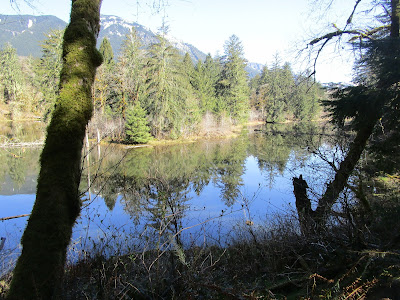Nygårdsparken, Bergen, Norway, ca 1951
Nygårdsparken shown in the black and white photo on this Normann postcard, B-1-101, is another card from Dick Thompson’s scrapbooks. It shows a section of the park with a swan swimming in the pond. As with most of the cards in the scrapbooks this one was glued on a page and kept in an album. It is probably a card he purchased while on his trip to Norway in 1951.
The park is located in Bergen’s city center and is the largest urban park in Bergen. It covers about 18.3 acres or 74.2 decares. Joachim Georg Wiesner and Klaus Hanssen founded the Park Association of Nygaard in 1880. The grounds are modeled after a typical English park and was laid out by the Danish gardener, S. Lund Leiberg. In 1898 the park was changed into an exhibition area with a small zoo and a botanical garden. There was also an exhibition of objects from Nansen’s polar expeditions. One of the first electric elevators in Norway, with a uniformed lift attendant, took visitors up to the top of Wisbech & Meinich’s Panorama tower for views of the city. All these areas were open to the public with a ticket costing 50 øre.
Originally the park was within walking distance of general population of the city; however, as time went on the city expanded and the population in the city center declined. The number of visitors to the park also fell off leading to a lack of maintenance. In 2007 the city decided to build a kindergarten in the park. The school capacity is 550 children. In the beginning there were some protests from local people not wanting the school constructed so close to existing buildings; therefore, there were delays in construction. Today the kindergarten is now in use.
For additional information, see:
https://en.wikipedia.org/wiki/Nygårdsparken























